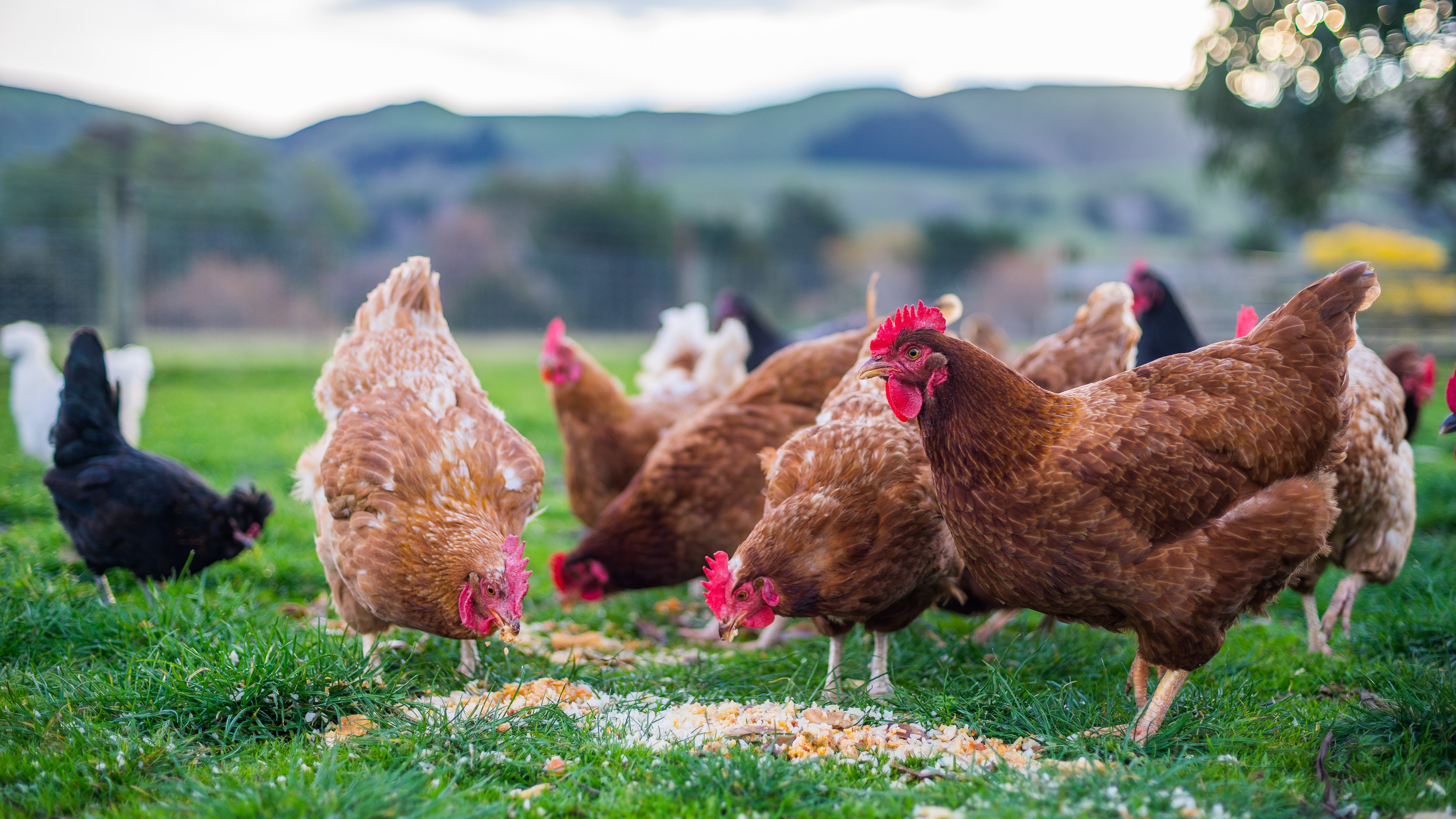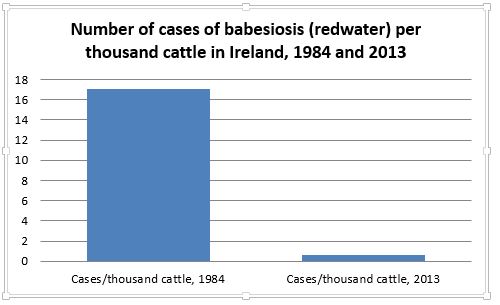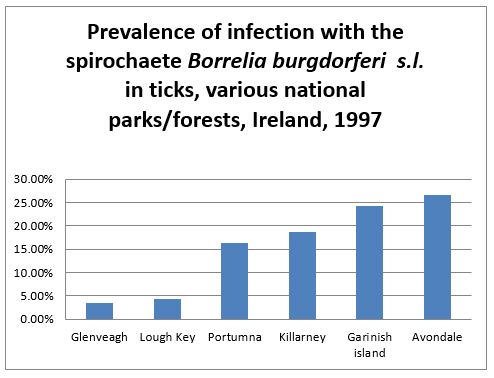Ticks and tickborne diseases
(The information for this article was derived from an article by Zintl et al which appeared in the Veterinary Ireland Journal in 2017. The full article is accessible online at https://www.ncbi.nlm.nih.gov/pmc/articles/PMC5282849/)
Introduction
Ticks are arthropod creatures, and are common in many areas of Ireland. In temperate climates, ticks are more active when temperatures are higher. There is a high risk period for ticks and tick bites which runs from April to October in Ireland, during which ticks are more active in seeking out hosts.
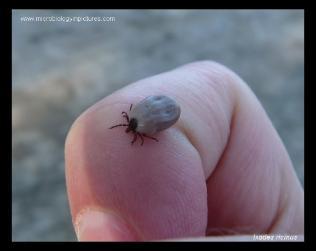
Several different species of ticks are present in Ireland. The most common and most important of the tick species is the castor bean tick Ixodes ricinus. Ticks require high moisture levels to survive, and rough grazing or overgrown pasture often provides a suitable habitat. Although ticks feed on a very wide range of animals and birds, the direct effects of tick infestation on the animals are typically mild. Of far greater importance are the effects of the diseases which can be transmitted by these ticks, known as tick-borne diseases, the most important of which are listed below.
Babesiosis (Redwater)
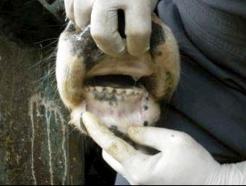
This primarily affects cattle and is caused by a microscopic parasite. It results in the rupture of red blood cells (corpuscles), which leads to the passing of the red pigment haemoglobin in the urine and reduced red blood cells in the bloodstream, with visibly pale or yellow tinged eyes and gums in severe cases. Human cases, though very serious, are extremely rare.
Louping ill (LI)
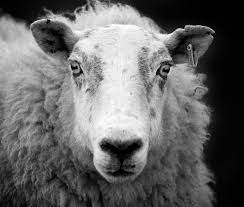
This is a viral disease which mainly affects sheep and which results in nervous signs such as incoordination, trembling and circling. Affected sheep have a characteristic gait. Human cases are extremely rare, and appear to be contracted through contact with infected carcases rather than by tick bite.
Lyme borreliosis (Lyme disease)

This is caused by a bacterial agent called a spirochaete. Cases of disease in dogs and horses have been reported in the USA, but no animal cases of Lyme disease are known to have occurred in Ireland. Humans are very susceptible to the disease. Signs of Lyme disease in humans vary, but a common sign is red discoloration of the skin at the site of the tick bite or elsewhere on the body. Certain wild animals and birds are thought to act as a reservoir of the disease; domestic animals are not thought to be important in this regard.
Anaplasmosis (tick-borne fever)

This primarily affects sheep, cattle and goats, and is caused by a bacterial agent in a class called Rickettsiae. Signs of disease include fever, weakness, inappetance and difficulty breathing. The immune system of the affected animal may also be compromised. An animal infected with tick borne fever often contracts a second bacterial infection through the puncture wound caused by the tick mouth parts. This latter condition is known as tick pyaemia, and it often has very serious effects in the case of lambs which are immunocompromised due to tick-borne fever, with the bacterial infection spreading in the bloodstream and causing abscesses in the joints or spine.
The numbers
Distribution of ticks in Ireland:
The distribution of ticks has generally been deduced from the distribution of tick borne diseases. From a 2016 pilot study, ticks were recovered from 18 of 26 sample sites. A total of 151 ticks were recovered, which included immature stages of tick as well as adults. Many of the ticks tested positive for one or more tick borne diseases.
Redwater:
These numbers were calculated following countrywide surveys in both cases. Cases are not evenly distributed throughout the country, with the west of the country tending to have a particularly high number of cases. The studies show a clear decline in the yearly number of cases in the thirty year period.
Louping ill:
A study carried out in Sligo RVL in 2011 shows that even in the west of Ireland, both the level of exposure to the disease agent and the level of disease appears to be low.
Note: these numbers probably give a reasonable indication of the levels of LI disease among sheep which have died on farm in the Northwest of Ireland, but do not reflect the level of the disease in the general sheep population or in the country as a whole. Also, some of the sheep which had been exposed to LI may have been vaccinated rather than naturally infected.
Lyme disease:
(note: not all strains of Borrelia burgdorferi s.l. cause Lyme disease)
While no comprehensive study on the distribution of Lyme disease has been carried out since 1997, a pilot study carried out in 26 different sites in 2016 indicated that microbes in the family of the micro-organism which causes Lyme disease was present in five of 18 sites where ticks were recovered. No ticks were recovered in the other eight sites. It is estimated that 50 to 100 cases of Lyme disease occur in humans in Ireland every year.
Tick borne fever (Anaplasmosis):
In a 2016 pilot study, the agent causing tick borne fever was isolated from ticks in five of eighteen sites where ticks were recovered (a further eight sites were surveyed and no ticks recovered). Furthermore, it has previously been estimated that 300,000 lambs in the UK contract tick pyaemia annually, with tick borne fever thought to be a major underlying cause for the tick pyaemia in many cases. Since tick pyaemia typically causes death or renders the animal economically worthless following a partial recovery, this figure represents a very significant loss, even taking into account the large total sheep population in the UK, estimated at roughly 15 million animals. Meanwhile, in a study of wild living ruminants in Northern Ireland, 4 out of 5 feral goats and 0 out of 68 wild deer tested positive for the presence of the tick borne fever agent in the blood stream at the time of the test.
A recent case report from Wales described 30% mortality rate in a sheep flock which had been recently introduced to rough pasture (Daniel et al., 2020). Concurrent louping ill and anaplasmosis were detected in the sheep which examined at post motem. Similar findings of high mortality and morbidity in the context of concurrent tick borne diseases have been documented by the Irish RVLs.
Treatment, contol and prevention options are available for most of the tick borne diseases. Farmers are encouraged to contact their local vet for further assistance with the diagnosis and management of tickborne diseases in their herds and flocks.
A large scale tick survey has been completed in Ireland in the past year. The results of this survey are due to be published before autumn 2020, and it is expected that the findings will add substantially to the knowledge on the distribution of ticks and tickborne diseases in this country.
References:
Barrett D, Collins DM, McGrath G, O Muireagain C. Seroprevalence of Louping Ill virus (LIV) antibodies in sheep submitted for post mortem examination in the North West of Ireland in 2011. Ir Vet J. 2012;65:20–4.
Brodie TA, Holmes PH, Urquhart GM, “Some aspects of tick-borne diseases of British sheep”. Vet Rec. 1986 Apr 12; 118(15):415-8
Daniel R., Hopkins B.A.M., Roccchi M.S, Wessels M and Floyd T. (2020) High mortality in a sheep flock caused by coinfection of louping ill virus and Anaplasma phagocytophilum. Vet Record case reports http://dx.doi.org/10.1136/vetreccr-2019-000980
Gray JS, Harte LN. An estimation of the prevalence and economic importance of clinical bovine babesiosis in the Republic of Ireland. Ir Vet J. 1985;39:75–8.
Kirstein F, Rijpkema S, Molkenboer M, Gray JS. The distribution and prevalence of B. burgdorferi genomospecies in Ixodes ricinus ticks in Ireland. Eur J Epidemiol.1997;13:67–72.
Zintl A, McGrath G, O’Grady L, Fanning J, Downing K, Roche D, Casey M, Gray JS. Changing incidence of bovine babesiosis in Ireland. Ir Vet J. 2014;67:1–7.
Zintl et al, “Ticks and Tick-borne diseases in Ireland”. Irish Veterinary Journal (2017) 70:4.
Accessed online at https://www.ncbi.nlm.nih.gov/pmc/articles/PMC5282849/ on 28th August 2017




